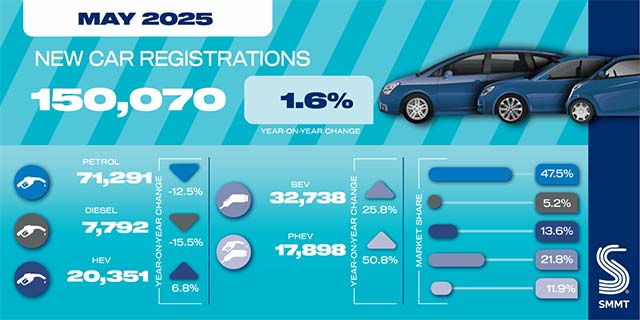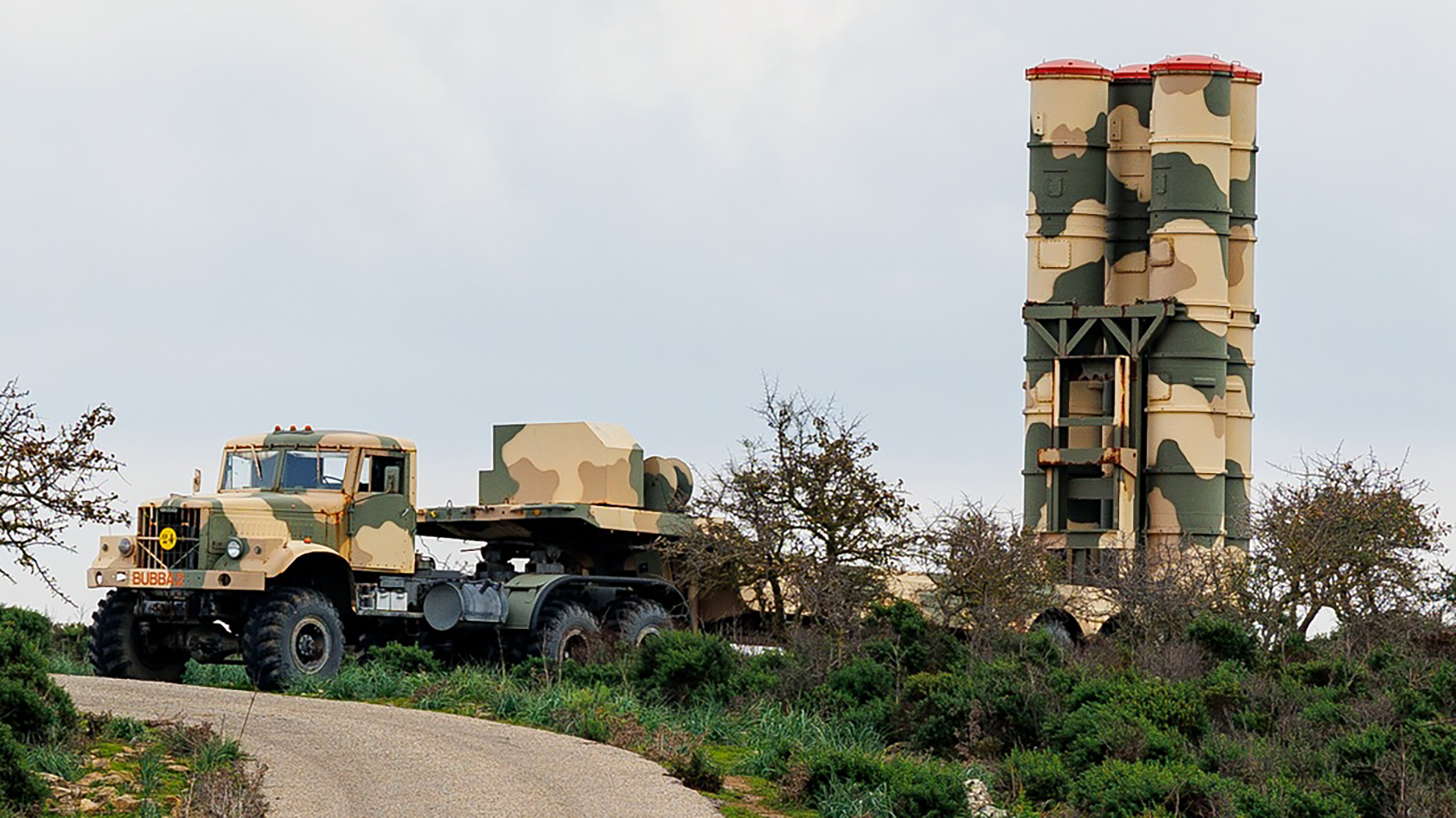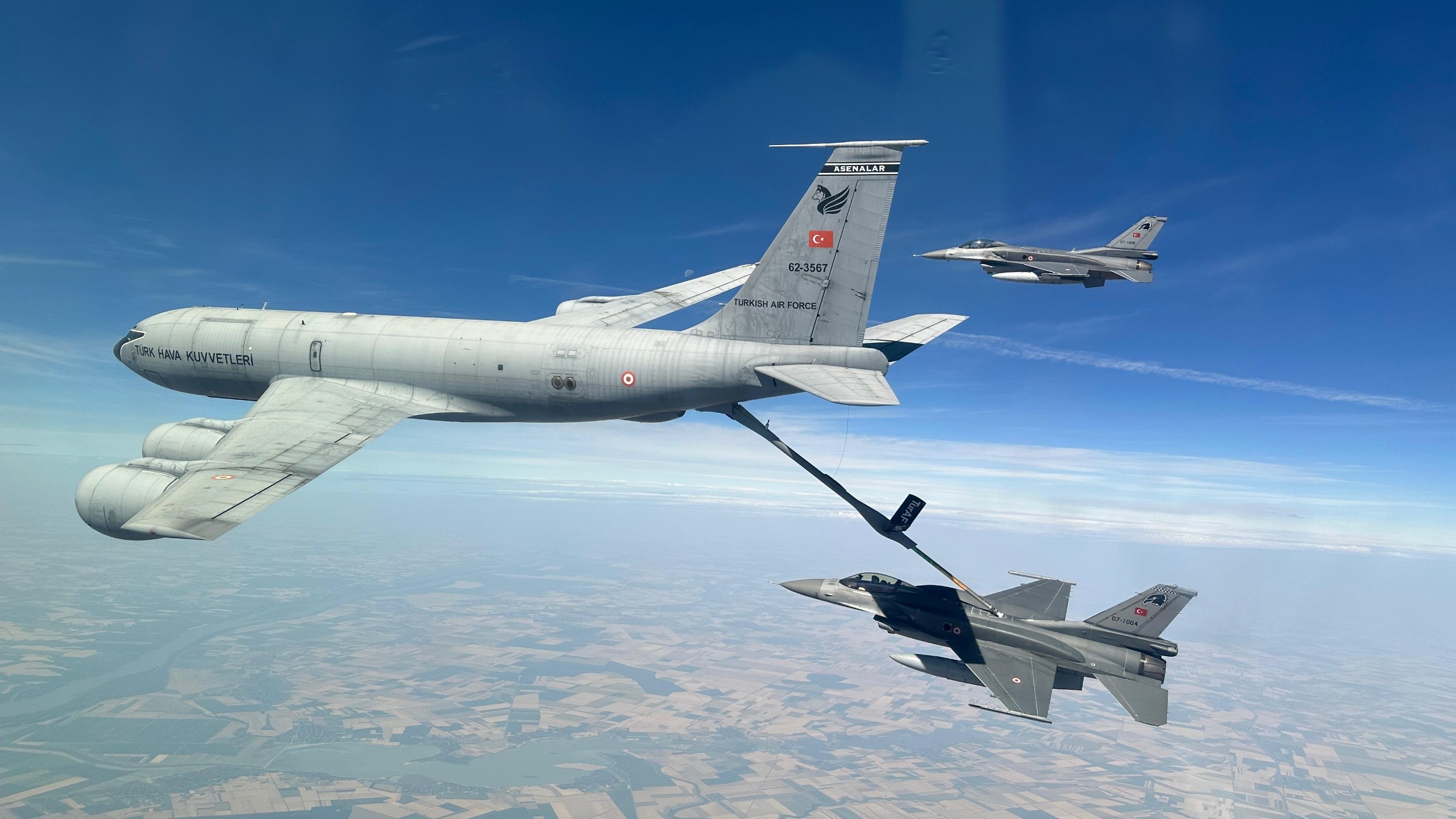Space Force awards BAE $1.2B for missile warning sats in MEO
“Space Systems Command intends to award a second vendor, but the quantity will depend on the selected vendor’s proposal. The timing and scope of that award is subject to the outcomes of the on-going FY26 budget deliberations,” Col. Rob Davis, SSC’s head of Space Sensing program, told Breaking Defense.


Artist rendering of BAE Systems’ satellite for the Space Force’s planned Resilient Missile Warning/Tracking Medium Earth Orbit constellation. (Image credit: BAE Systems Space and Mission Systems)
WASHINGTON — The Space Force has awarded BAE Systems $1.2 billion to build 10 satellites for its new missile warning constellation to track hypersonic cruise missiles as well as ballistic missiles.
The satellites will be a second generation, called Epoch 2, of the service’s planned Resilient Missile Warning and Tracking (MWT) Medium Earth Orbit (MEO) program, and when fielded alongside the first generation will “posture the USSF to deliver the initial warfighting capabilities,” the Space Force press release said. They will be produced by BAE Systems Space and Mission Systems business unit, formerly Ball Aerospace, which was acquired by BAE in 2024.
The Space Force now is planning a “baseline” constellation of about 30 Resilient MWT MEO satellites. The service in its original fiscal 2025 budget request, released last March, asked for almost $6 billion for the program through FY29.
Following in the footsteps of SDA, Space Systems Command is developing the new MEO constellation incrementally, with a new, improved satellite configuration rolling out every two years under Other Transaction Authority firm-fixed price contracts.
SSC awarded Raytheon Intelligence & Space (now RTX) and Boeing’s Millennium Space Systems in January 2023 to build six MEO MWT Epoch 1 prototypes to orbit in two different MEO planes. RTX was subsequently booted from the program in June 2024 due to cost overruns and performance problems with its design. SSC chose Millennium to replace RTX in October 2024, boosting the total number of satellites to 12 because of design differences.
The delivery of the first Epoch 1 bird is planned for the end of FY26, and the second plane is expected in early FY28. The first of the Epoch 2 satellites are expected to begin delivery in FY29.
Col. Rob Davis, head of SSC’s Space Sensing program office, in April said that the Space Force intended to grant two awards for a total of 18 Epoch 2 satellites.
“Acquiring 18 satellites was a program office estimate. Vendors are free to propose the quantity needed to satisfy the requirements with their sensor. The program’s flexible acquisition and contracting strategy allows for multiple awards over a three-year period to maximize capability,” Davis told Breaking Defense today.
“Space Systems Command intends to award a second vendor, but the quantity will depend on the selected vendor’s proposal. The timing and scope of that award is subject to the outcomes of the on-going FY26 budget deliberations,” he added.
The Space Force’s current ballistic missile warning constellation, the Space-Based Infrared System (SBIRS), is stationed in geosynchronous Earth orbit (GEO), almost 36,000 kilometers (22,369.37 miles) in altitude. There are six SBIRS satellites on orbit. The service’s planned replacement constellation, the Next Generation Overhead Persistent Infrared System (Next-Gen OPIR), will have four birds — two in GEO and two in highly elliptical orbit over the poles.
The Space Development Agency is developing a complementary constellation of missile tracking satellites in low Earth orbit (LEO), between about 100 and 2,000 kilometers, optimized to keep tabs on fast-maneuvering hypersonic missiles. That “Tracking Layer” constellation will include slightly more than 100 birds.
MEO comprises a much larger volume of space, ranging from 2,000 kilometers up to GEO. From those altitudes, between six and about 60 satellites are needed for global coverage — fewer than at LEO, although more than at GEO.
MEO constellations also can use smaller, cheaper birds than those at GEO and provide less of a time lag in ground transmissions. LEO constellations, since they are closer to the ground, can use even smaller satellites and have lower latencies than those in MEO, but require more ground stations — something that can significantly increase costs.





















































































































































